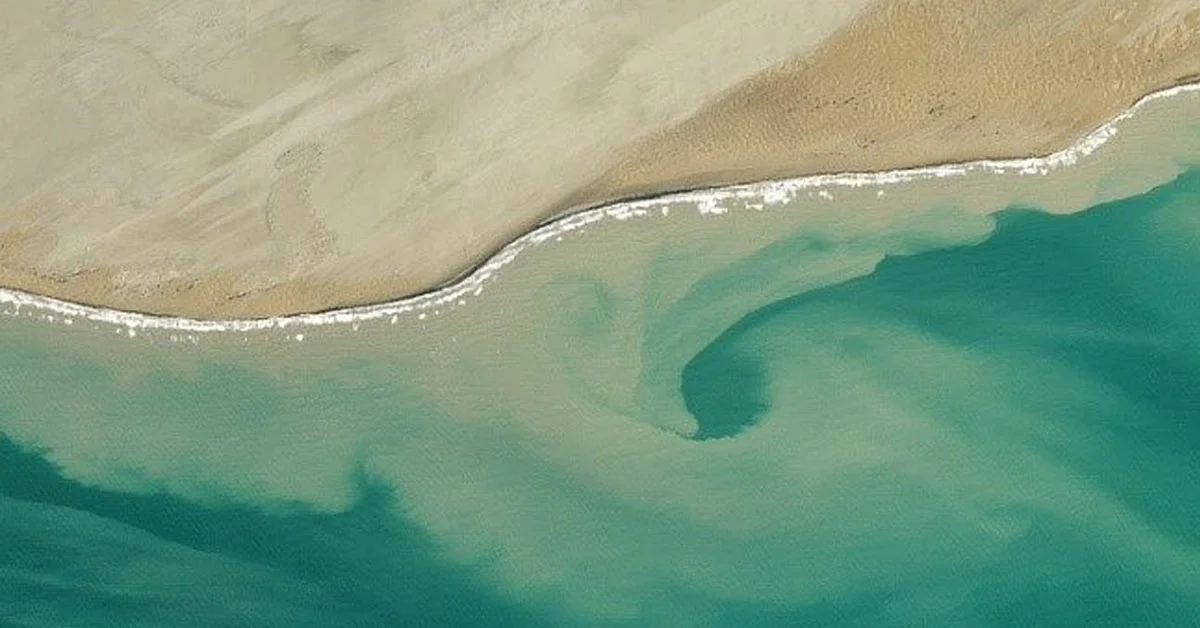World Balance in Water and Land
Our Ecosystem bases on two pillars, i.e. Land and Water. Water and land are two of the most essential elements to human life. Without them, we would not be able to survive. The global balance between water and land is an important factor that affects the entire planet and its inhabitants. Unfortunately, due to climate change, population growth, and other factors, this balance has been thrown off in some areas of the world. For example, it would be hard to imagine the American Southwest being this dry or this arid if water were not being pumped out of the ground for people to use. This is a problem because it will eventually cause the population in that area to decline due to the lack of water. Water and land (soil) are two of the most important natural elements on our planet, with both playing a crucial role in sustaining life. As human population grows and industrialization increases, it is essential that we understand the delicate balance between water and land resources. This article will explore how human activity has affected the global balance between water and land, as well as the potential consequences of further disruption to this equilibrium.
Water Sources in a balanced state
Water sources, livelihood is the lifeblood of any civilization to exist and persist. Without it, people would struggle to survive and thrive. Unfortunately, with many of the world’s water sources being polluted or overused, there is a growing need for balance between water and land usage. To keep this balance, we must understand how our global water supply works and take steps to ensure that all countries have access to clean water for their citizens. On a global level, surface water such as rivers, lakes, and reservoirs make up approximately 70 percent of the total freshwater on Earth; while groundwater is responsible for 30 percent of freshwater supplies. The majority of these supplies come from glaciers and snowfields in cold regions like Antarctica and Greenland. Additionally, more than two billion people rely on river basins shared by different countries which can create potential conflicts due to scarce resources in those areas. Due to these concerns, the U.S. Geological Survey (USGS) has been conducting a series of studies that provide insight into how climate change will impact water resources in many areas of the world.
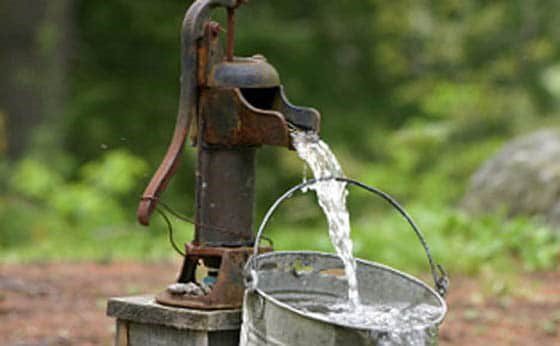
Land Distribution
Land distribution is a major factor when it comes to the balance of water and land in the world. With global climate change, natural disasters, and human-made development, land is constantly shifting in size and shape. As such, understanding how land is distributed around the globe can be essential to maintaining a balanced ecosystem. Most of the global land can be divided into four categories: permanent ice/snow; mountains/hills; steppe (grassland); and desert or drylands. Of these four types of lands, steppe covers more than 40% of the Earth’s surface, whereas permanent ice only accounts for 10%. Mountains/hills play an important role in providing runoff for rivers whereby water from melting snow flows into lakes and oceans. Deserts are typically found around 30 degrees north or south latitude due to their lack of rainfall.
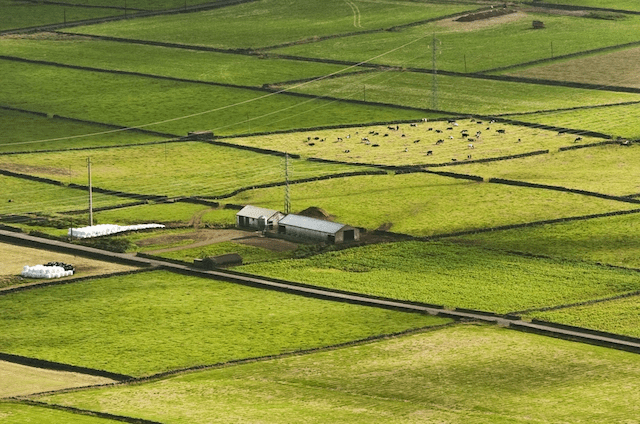
Impact of Climate Change on Natural Balance of the World
Climate change is one of the most pressing issues facing the planet today. It is an issue that affects every corner of the globe and has far-reaching impacts on our environment, economy, and society. The impact of climate change on the world’s water and land balance is particularly concerning due to its implications for global food security. Rising temperatures, changing precipitation patterns, ocean acidification and intensifying extreme weather events are all having a major effect on water resources worldwide. This has resulted in both shortages in areas with low rainfall as well as flooding in other parts of the globe. In addition to this, extreme weather events are causing soil degradation which further threatens food production for millions. To combat these problems, it is essential that governments around the world work together to reduce carbon emissions and shift towards renewable sources of energy such as solar and wind power.
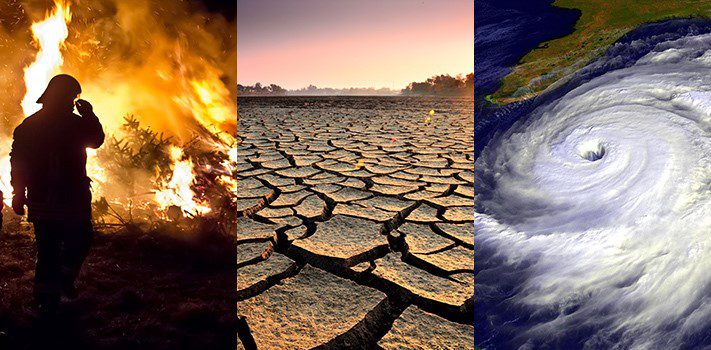
Solutions for Balance
When it comes to balancing the world’s water and land resources, there are several solutions that can be implemented to achieve sustainability. From conservation efforts to sustainable development practices, finding a balance between water and land is one of the most important challenges facing our planet today. One solution is for governments around the world to develop policies that support conservation and reduce wastage of these precious resources. This could include initiatives such as setting limits on how much water and land can be used, encouraging reuse of resources like rainwater harvesting systems, or implementing more efficient irrigation methods. Additionally, governments should work with the local communities and organizations to increase awareness about sustainable development practices. The massive loss of biodiversity also threatens the livelihoods of millions of people. For instance, in the tropics, traditional land management practices that have existed for centuries are being lost. This puts a strain on local communities who rely on these resources to sustain their way of life

Human Role in Balance
Humans have been a part of the Earth’s ecosystems for thousands of years, but in the face of climate change and population growth, our role in maintaining balance between water and land is becoming increasingly important. To preserve our planet’s delicate equilibrium, human actions must reflect an understanding of how to responsibly use and conserve resources while preserving habitats. Water is essential to life as we know it, yet its importance is often overlooked or taken for granted. Without balanced access to clean water sources, many species can suffer exposure to disease or displacement due to drought conditions. In addition, humans need access to clean drinking water and adequate sanitation facilities – factors that are often not readily available in developing countries. By recognizing this critical need and working together on solutions such as conservation efforts and responsible management practices, we can ensure the health of both human populations and the environment they inhabit

Legal Implications of imbalance
The world balance in water and land is an issue that has been discussed by global leaders for centuries. It is a difficult problem to address, as the availability of resources differs from country to country. With this issue come a variety of legal implications that must be taken into consideration. Water and land are both essential components of life and should be carefully managed in order for us to sustain our current levels of living without negatively impacting future generations. That said, laws concerning water use vary across the world with some governments having stricter rules than others. In addition, ownership rights over land may also need to be clarified in order to ensure fair access to these resources while protecting indigenous rights when relevant.

Conclusion: Outlining World Balance
The world balance of water and land has been a long-term concern for many social entrepreneurs, activists, stakeholders and scientists, environmentalists, and policy makers. After years of research, this may be concluded that the balance between water and land is essential to the survival and maintenance of ecosystem, of Earth’s species. In order to maintain & sustain this balance, it is important to understand how our actions affect the environment, and make decisions on how to best protect our planet.
The natural cycle of water and land is complex but also necessary for a healthy ecosystem. It requires careful management by humans in order to ensure that both land and aquatic habitats remain healthy. Human activities such as overfishing, pollution, or deforestation can disrupt this delicate balance which can have drastic consequences for our planet’s biodiversity. our water conservation and urban forests are the steps to make the planet more positive on blue & greens.
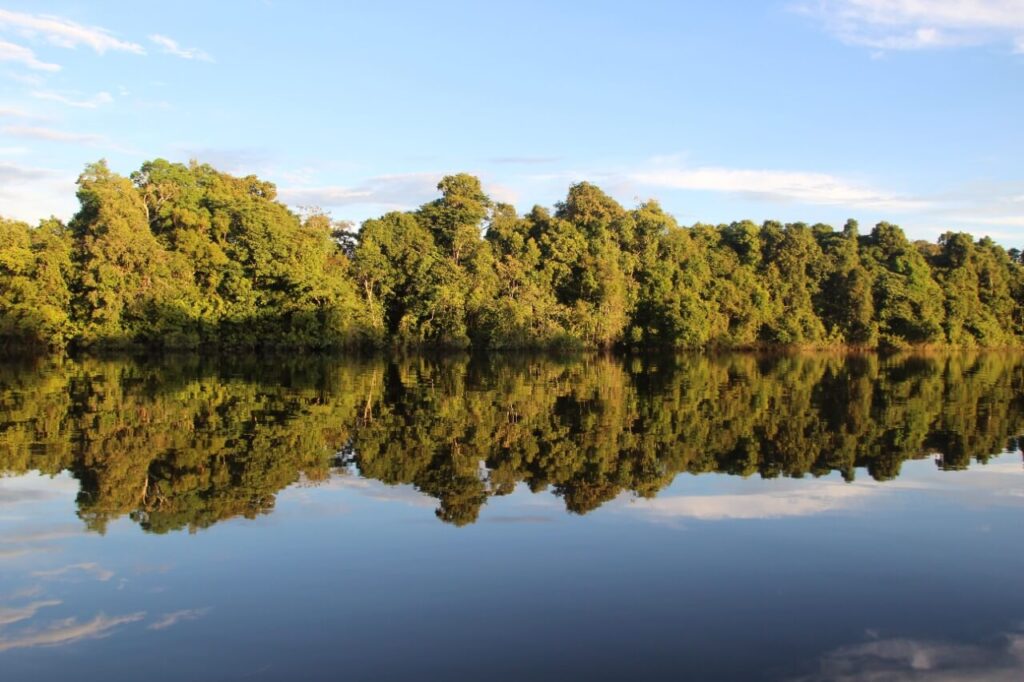
Embracing e-waste recycling cultivates environmental stewardship, fostering a sustainable future by minimizing electronic waste’s impact on our planet.
COP27, the 27th Conference of the Parties to the United Nations Framework Convention on Climate Change, signifies a crucial global assembly where nations collaborate to address pressing environmental challenges and advance collective strategies for a sustainable future.

